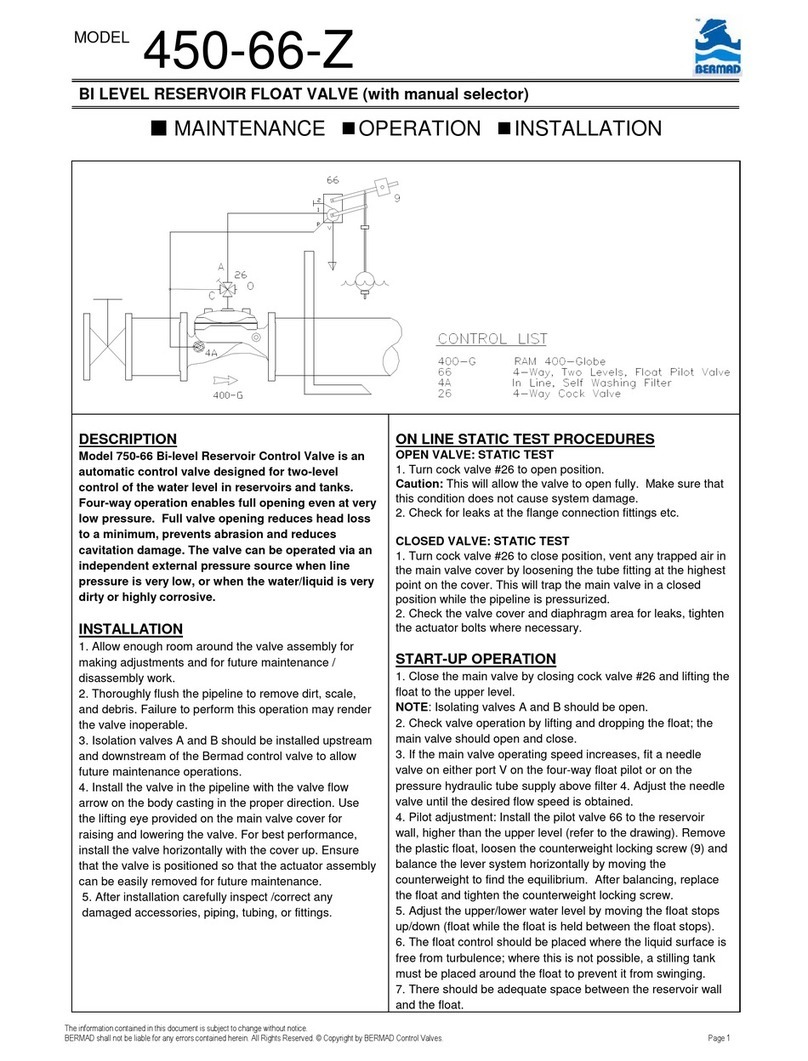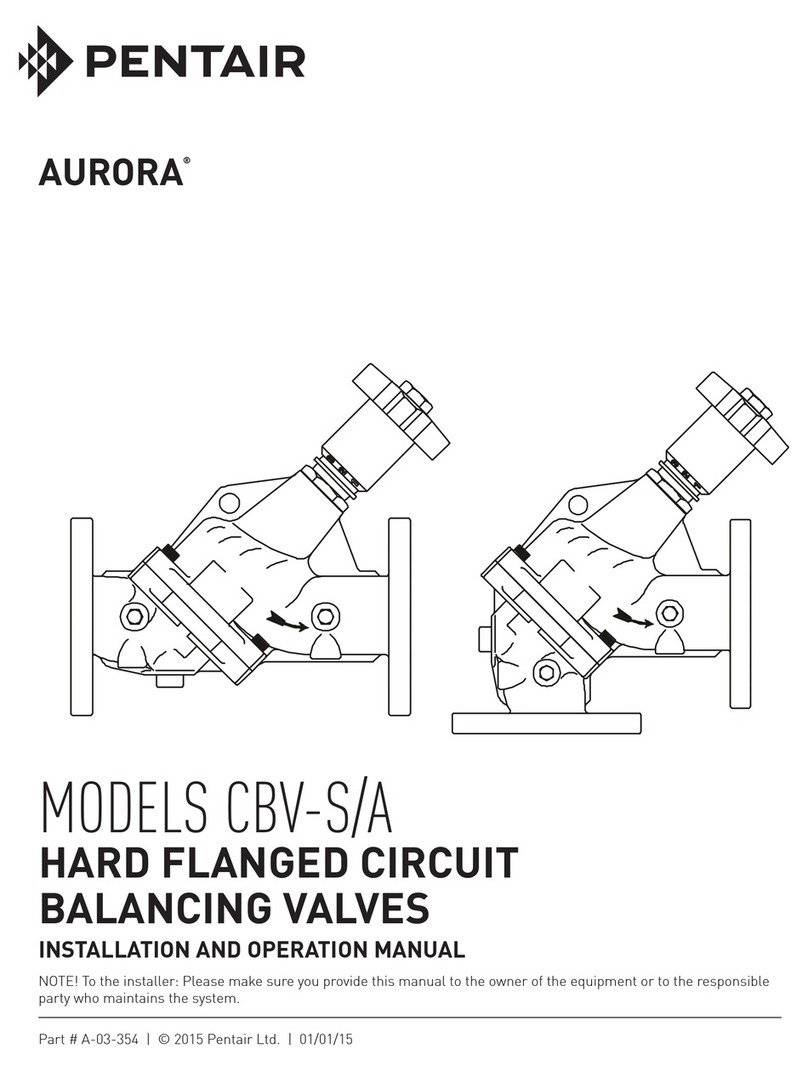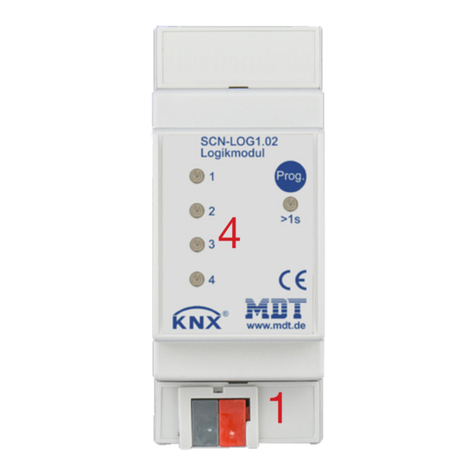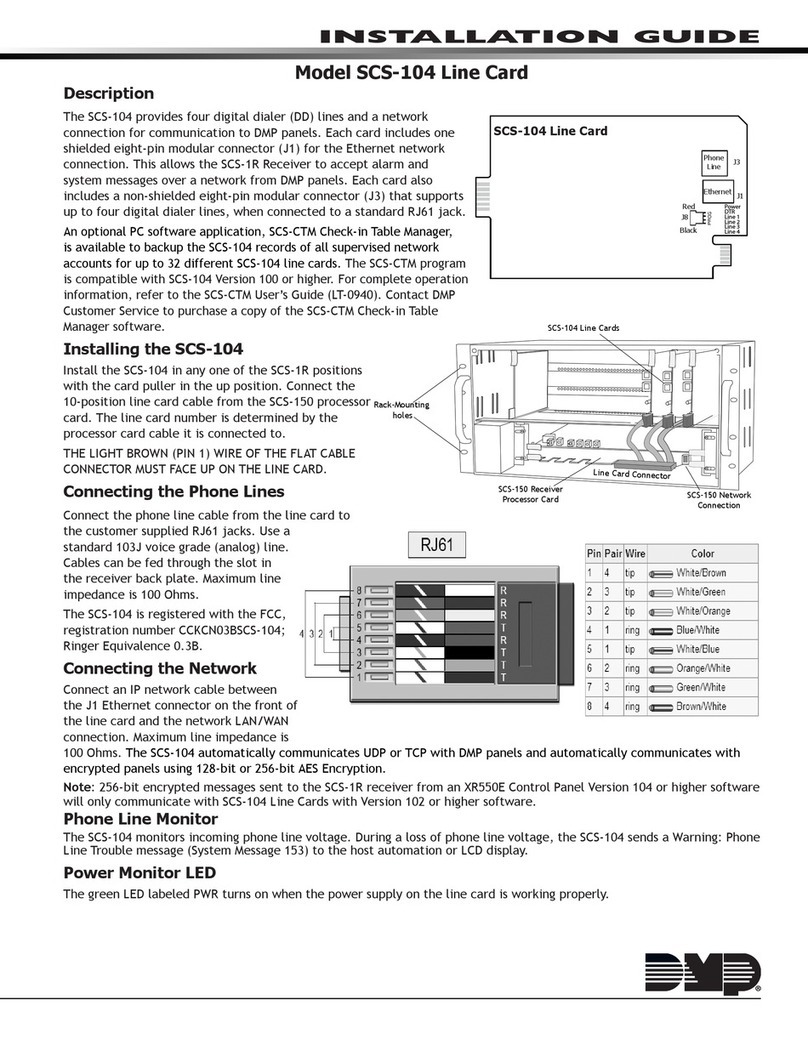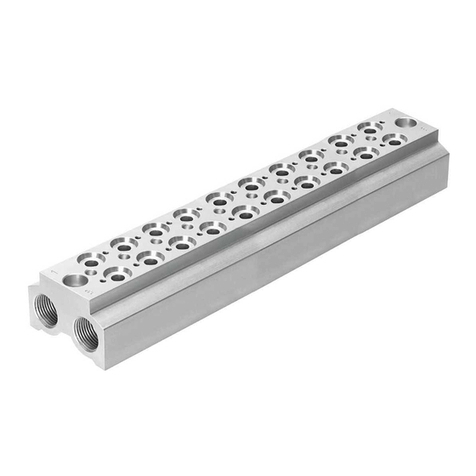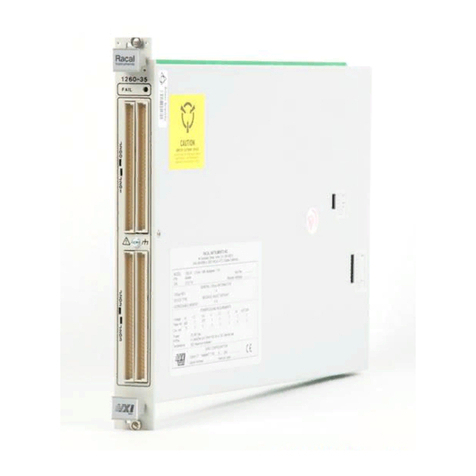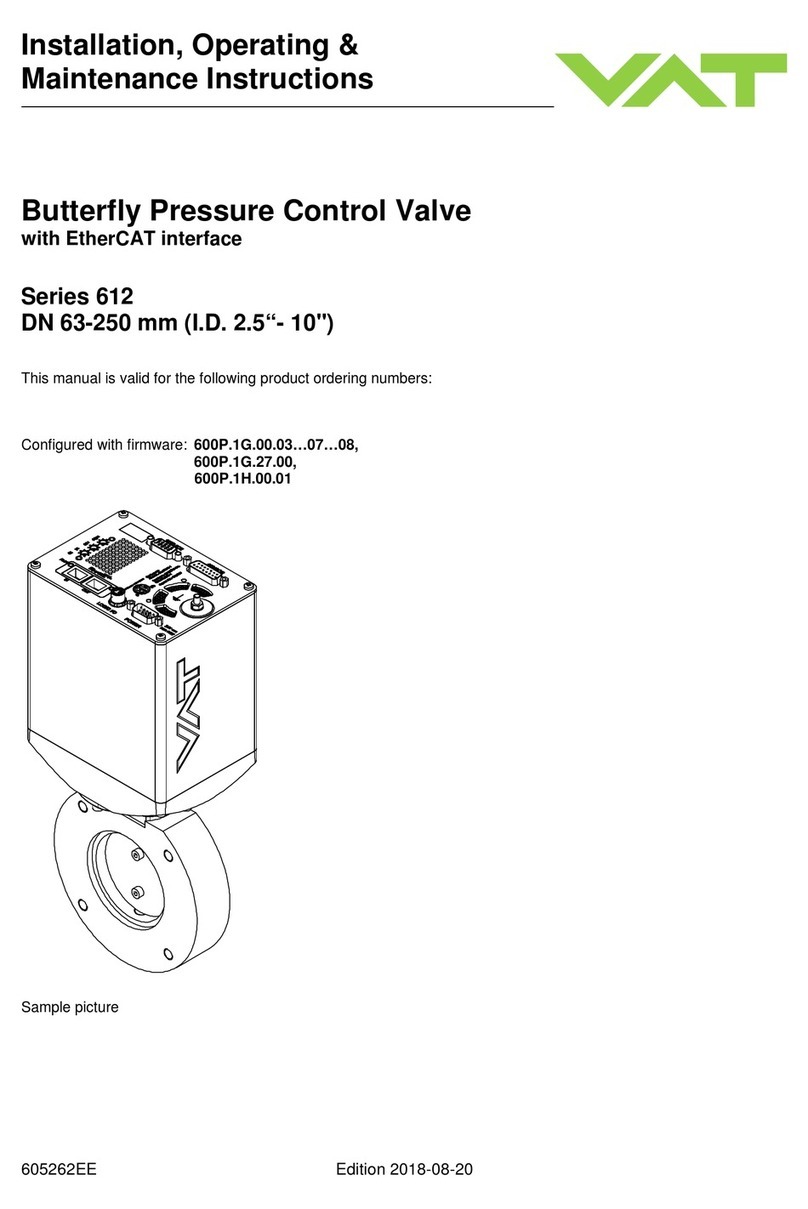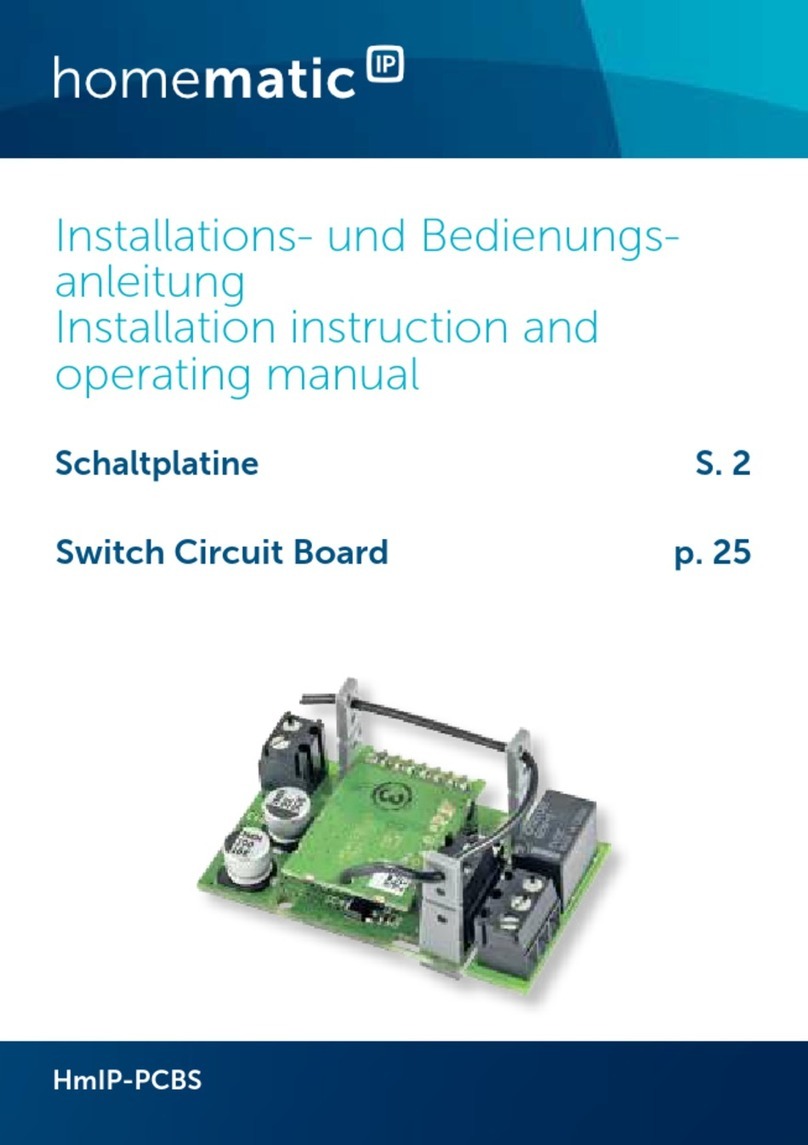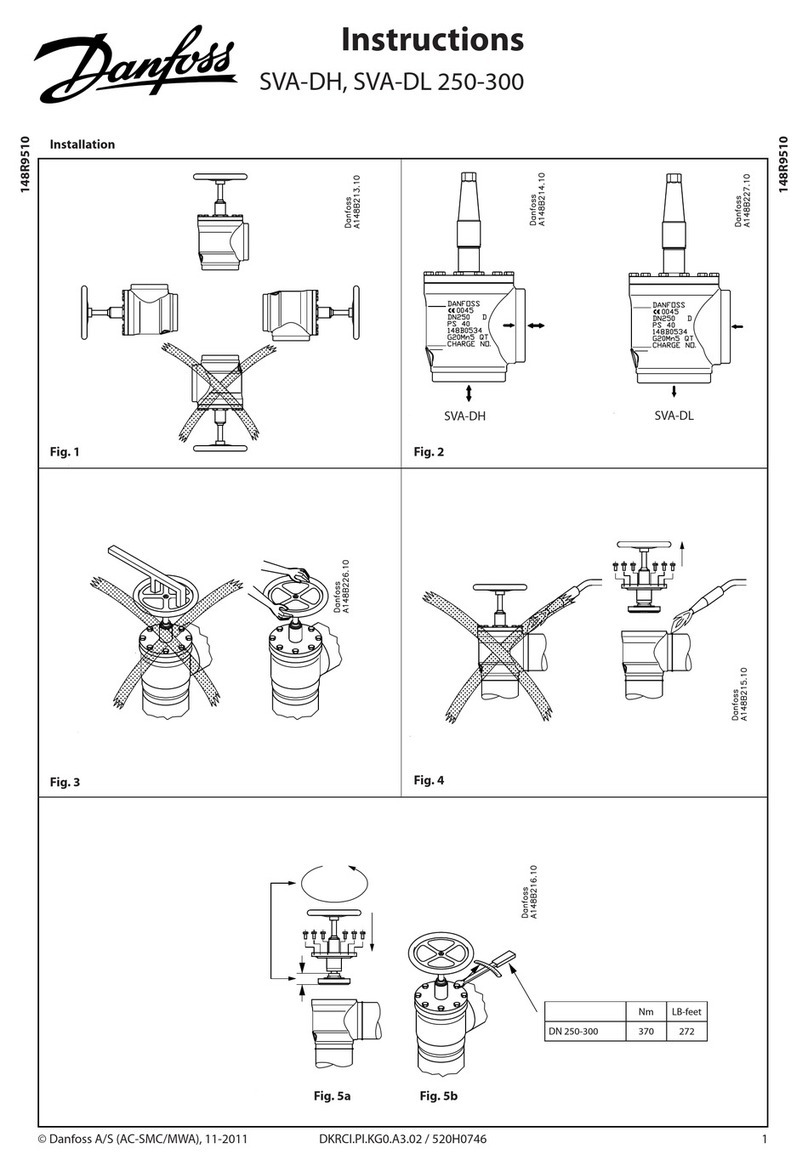BERMAD C10 User manual




















This manual suits for next models
1
Table of contents
Other BERMAD Control Unit manuals

BERMAD
BERMAD 720 User manual

BERMAD
BERMAD 450-60 User manual

BERMAD
BERMAD C15 User manual
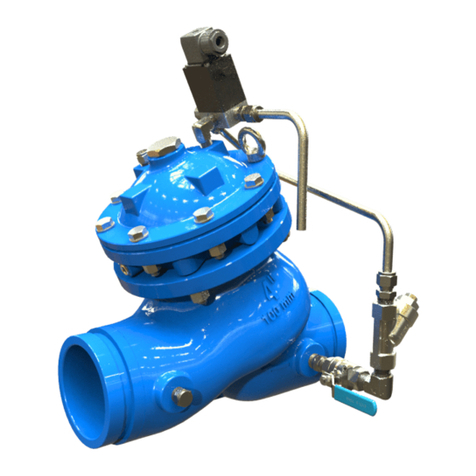
BERMAD
BERMAD BC-710-P User manual
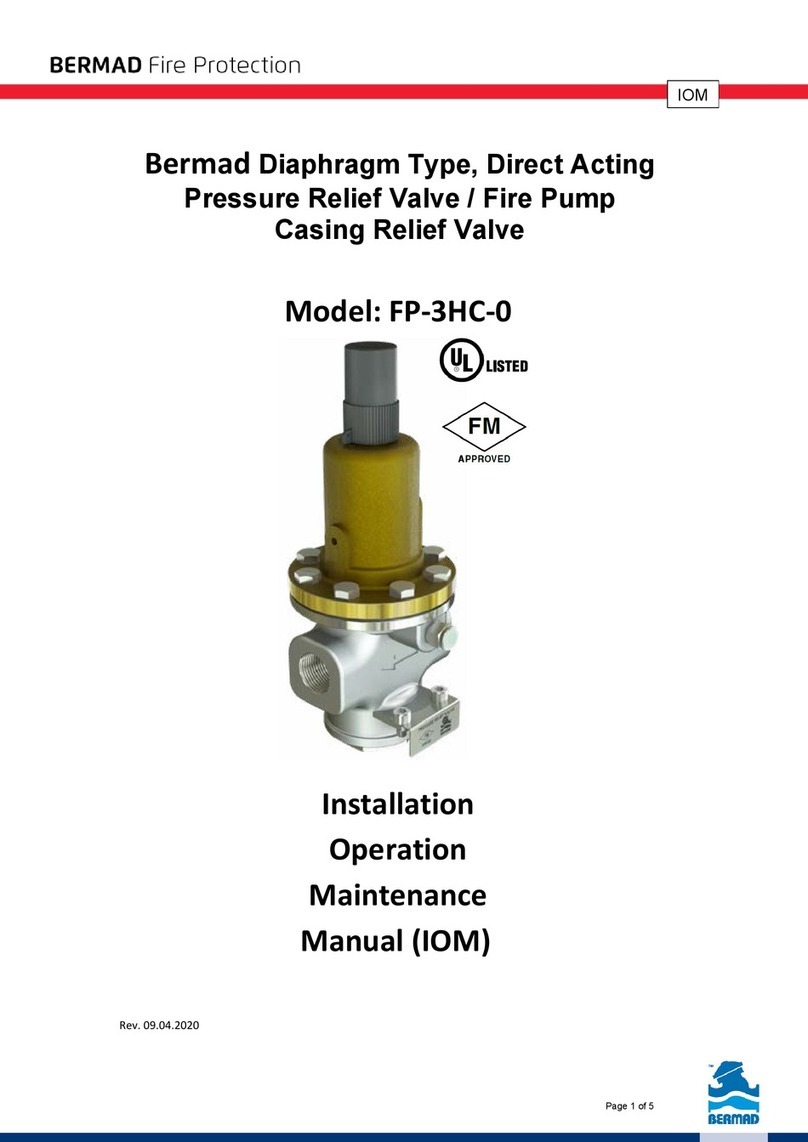
BERMAD
BERMAD FP-3HC-0 Instruction manual

BERMAD
BERMAD 430 User manual
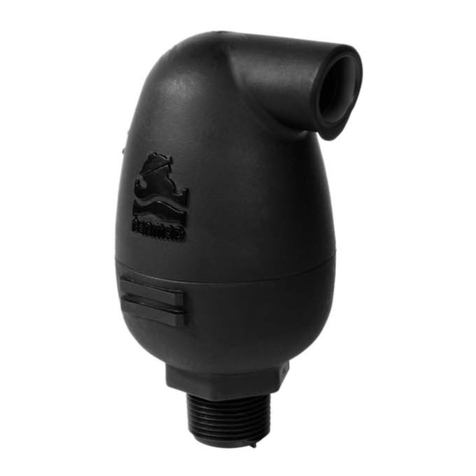
BERMAD
BERMAD C30 User manual

BERMAD
BERMAD 430-Z-3W Owner's manual
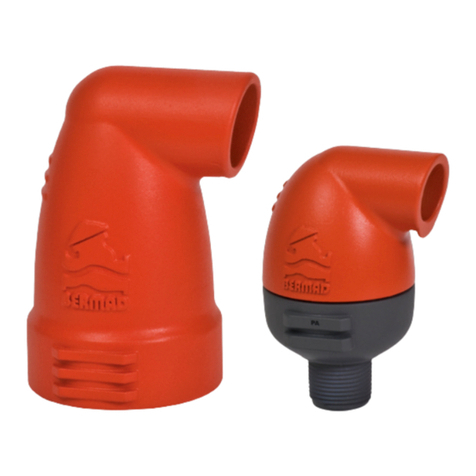
BERMAD
BERMAD K10 User manual

BERMAD
BERMAD FP 430-UF Owner's manual
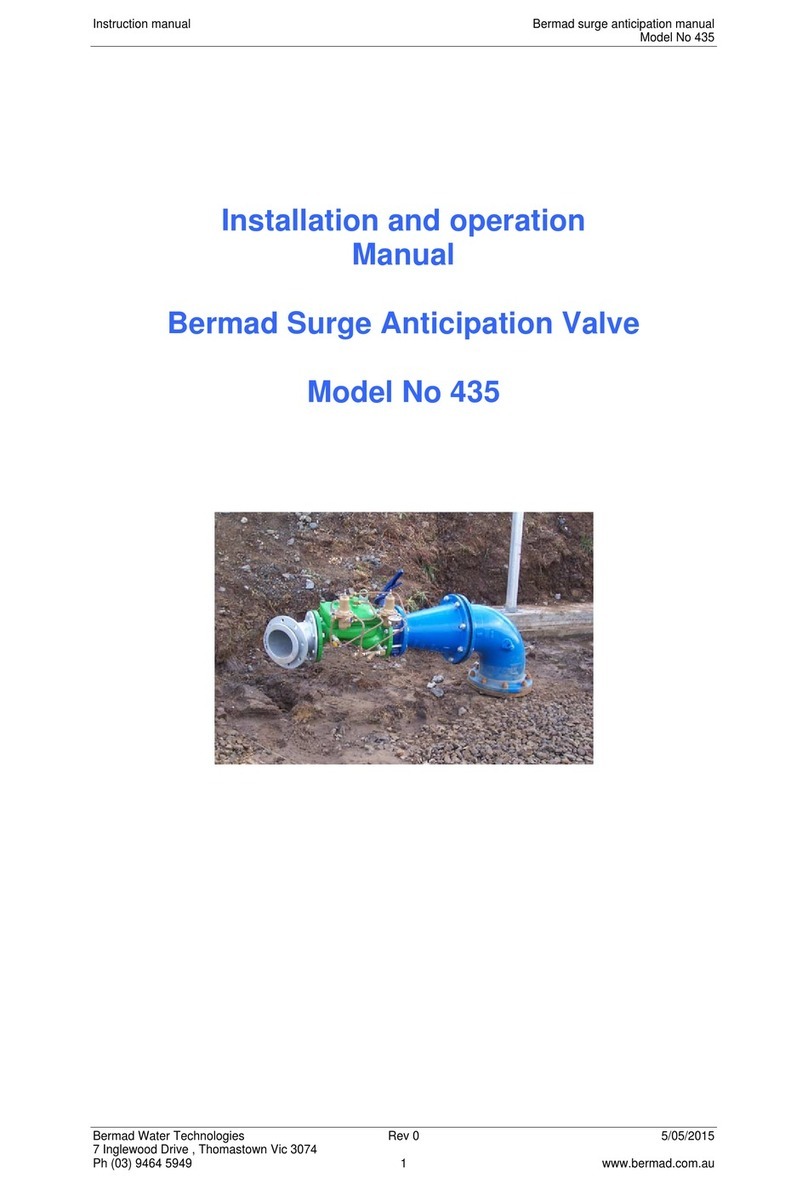
BERMAD
BERMAD 435 User manual
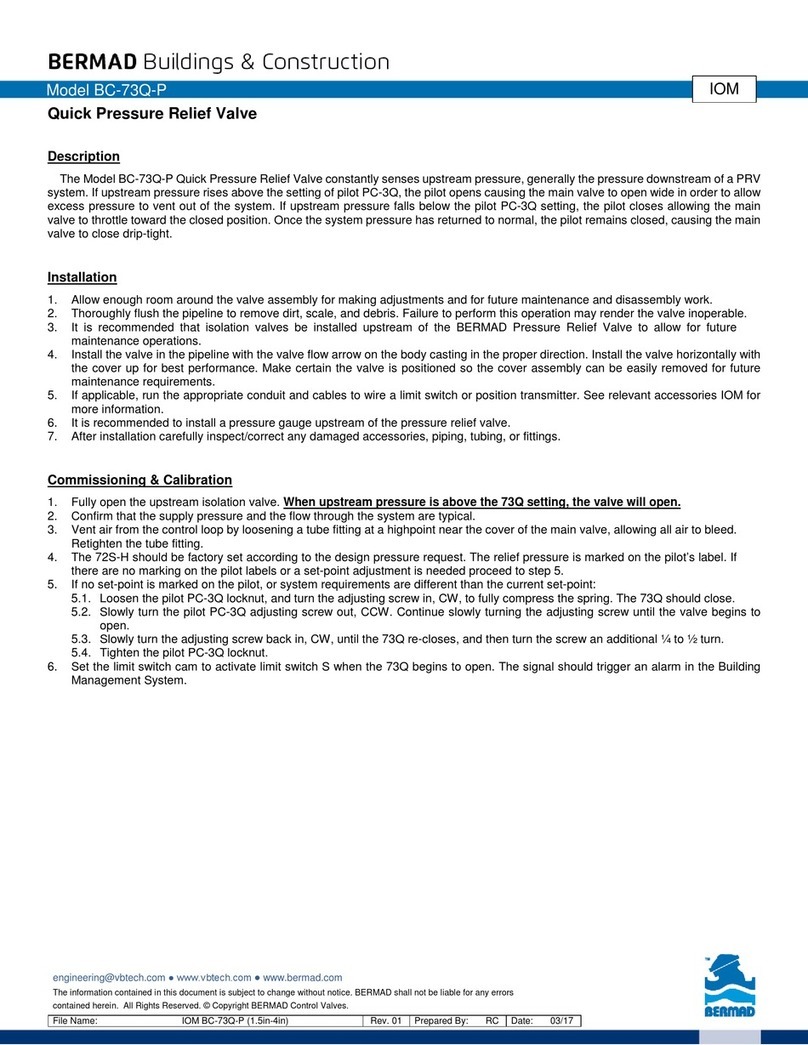
BERMAD
BERMAD BC-73Q-P User manual
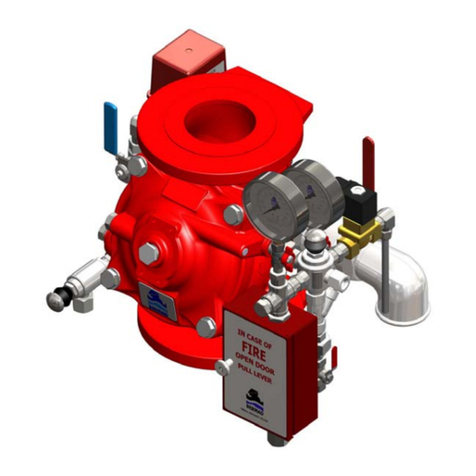
BERMAD
BERMAD 400E-Y General instructions
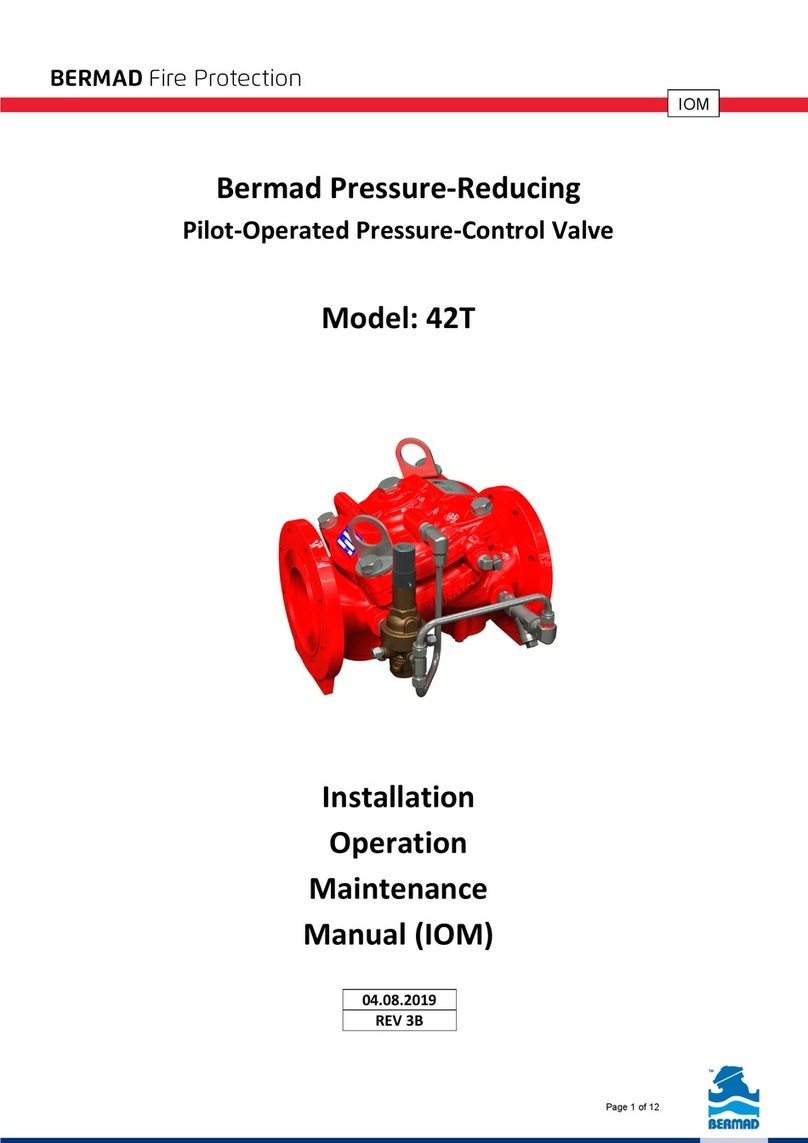
BERMAD
BERMAD 42T Owner's manual

BERMAD
BERMAD C80 Instruction manual

BERMAD
BERMAD 400 Series User manual
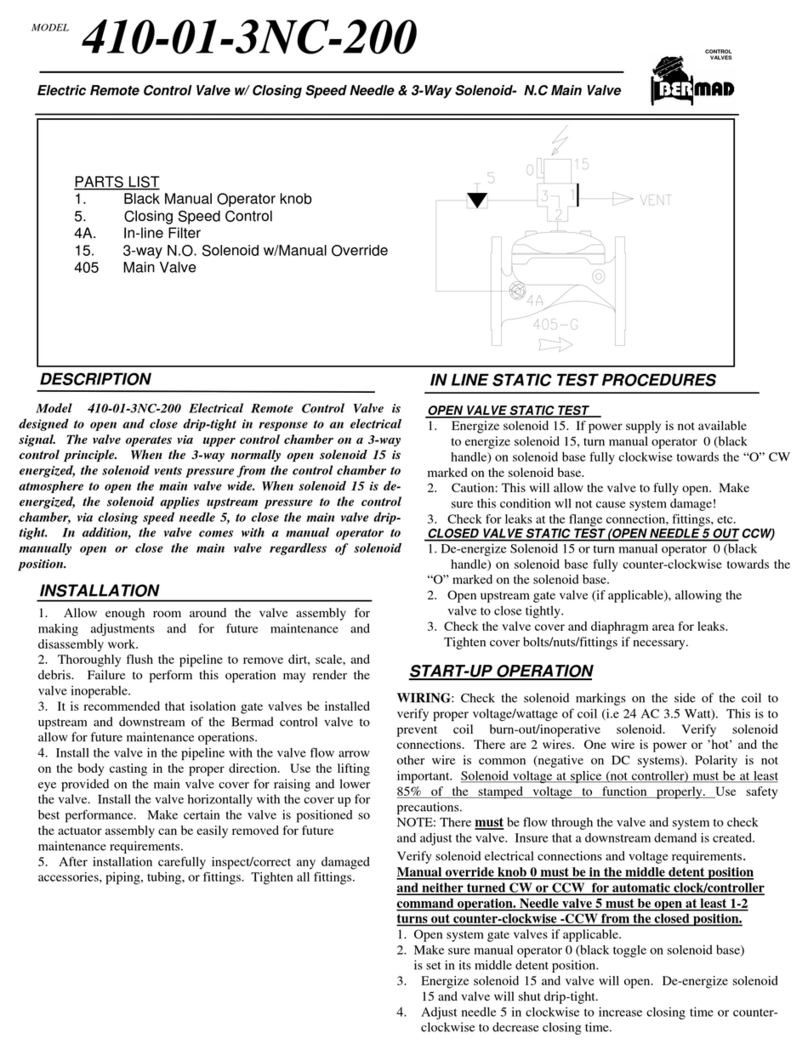
BERMAD
BERMAD 410-01-3NC-200 User manual

BERMAD
BERMAD 400E-5D Owner's manual
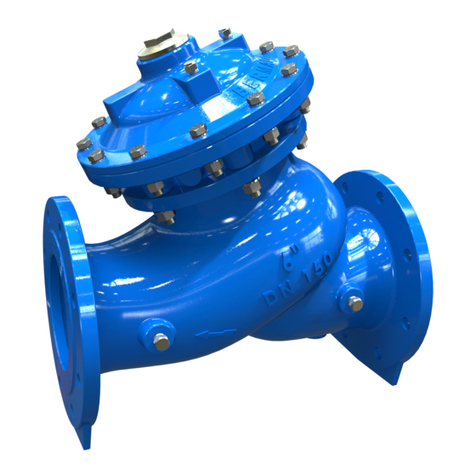
BERMAD
BERMAD 700 Series User manual

BERMAD
BERMAD 420 Guide
Popular Control Unit manuals by other brands
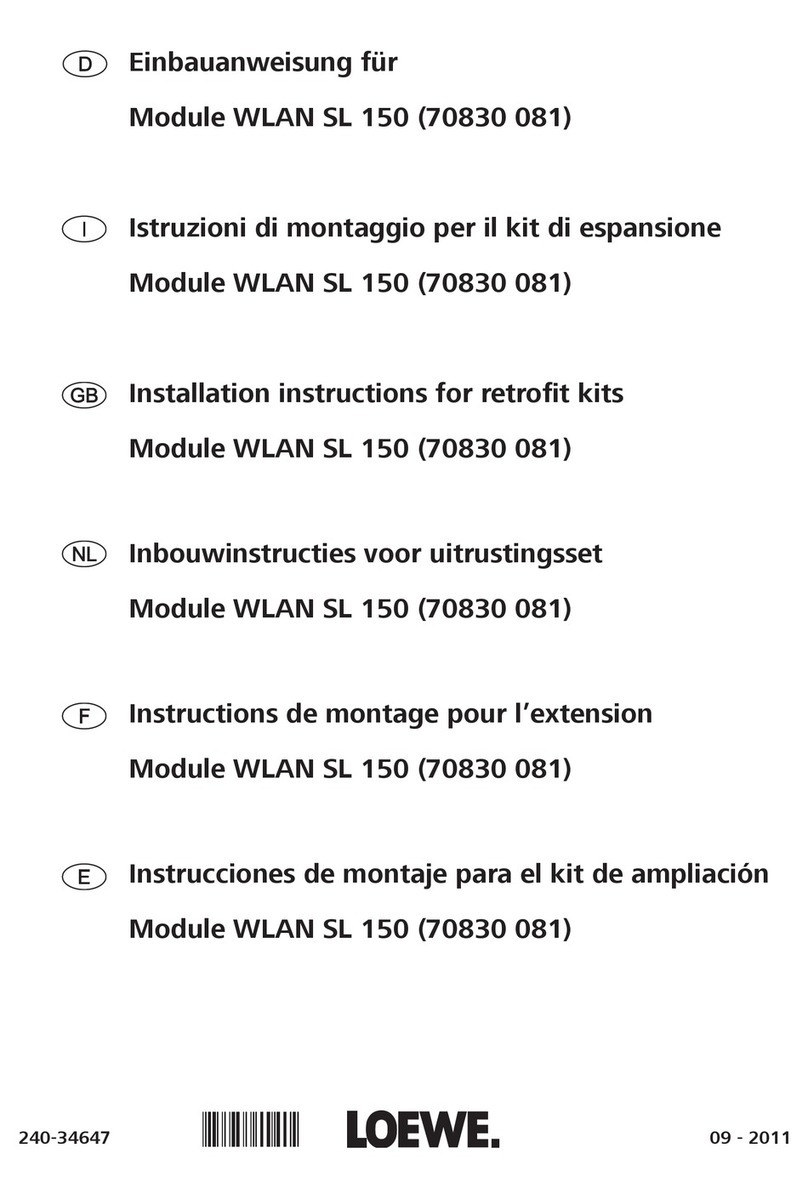
Loewe
Loewe SL 150 installation instructions
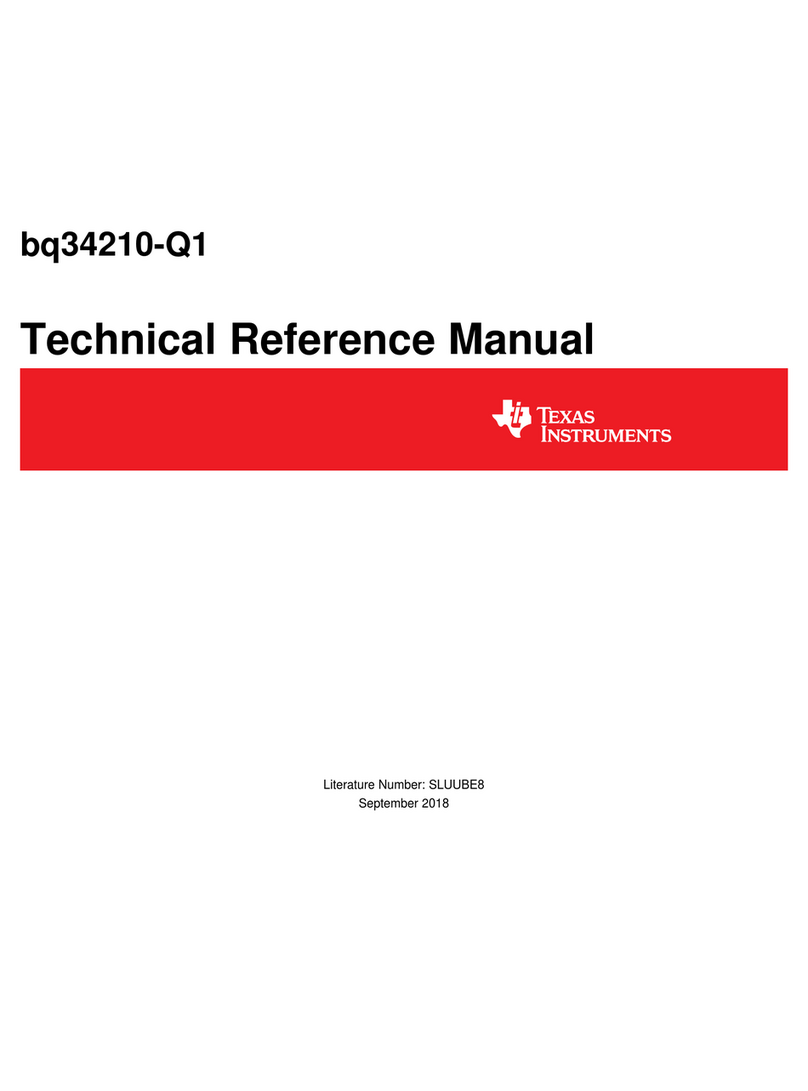
Texas Instruments
Texas Instruments bq34210-Q1 Technical reference manual
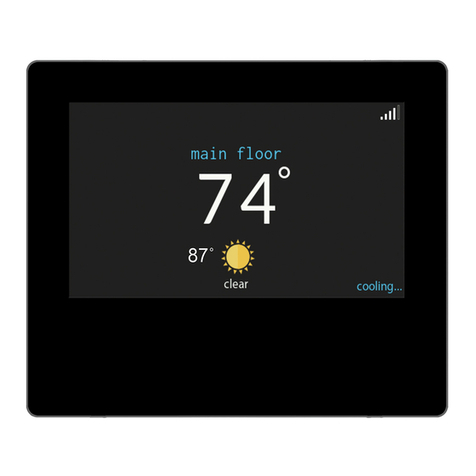
ION
ION Ion SYST0101CW owner's manual
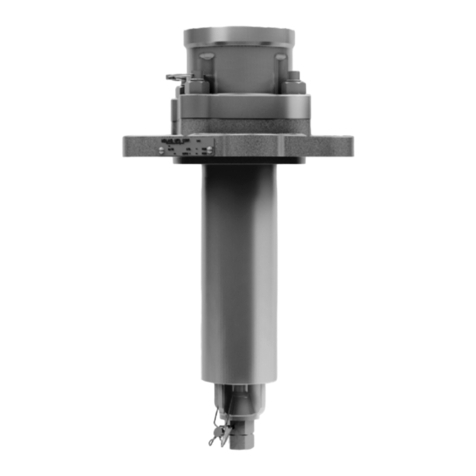
Midland
Midland A-1075 Installation, operation & maintenance manual
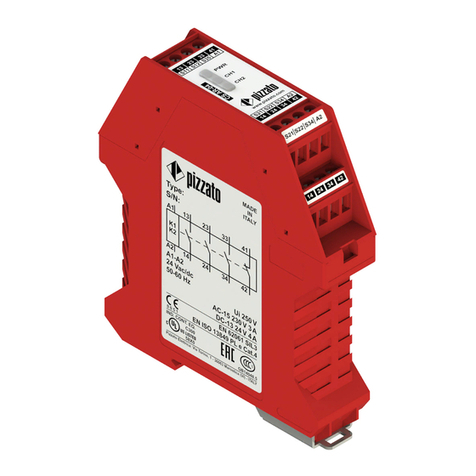
pizzato
pizzato CS AR-04 Series operating instructions
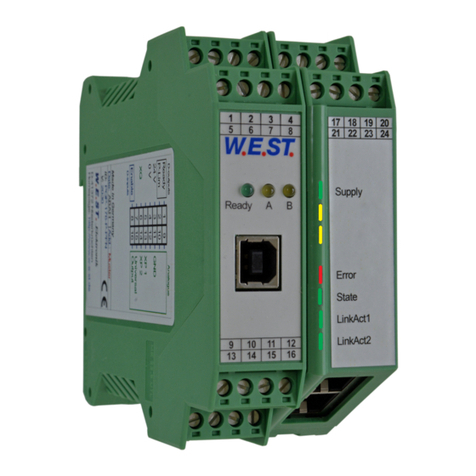
W.E.S.T. Elektronik
W.E.S.T. Elektronik POS-123-P-PFN Technical documentation
